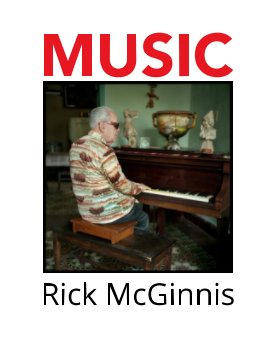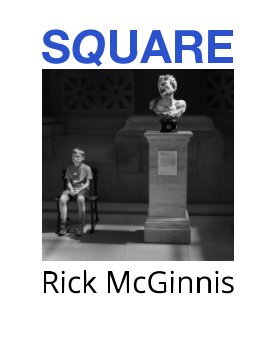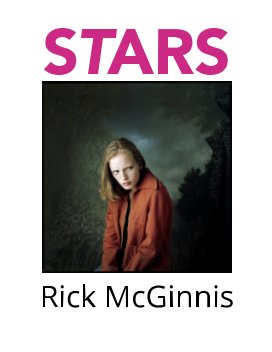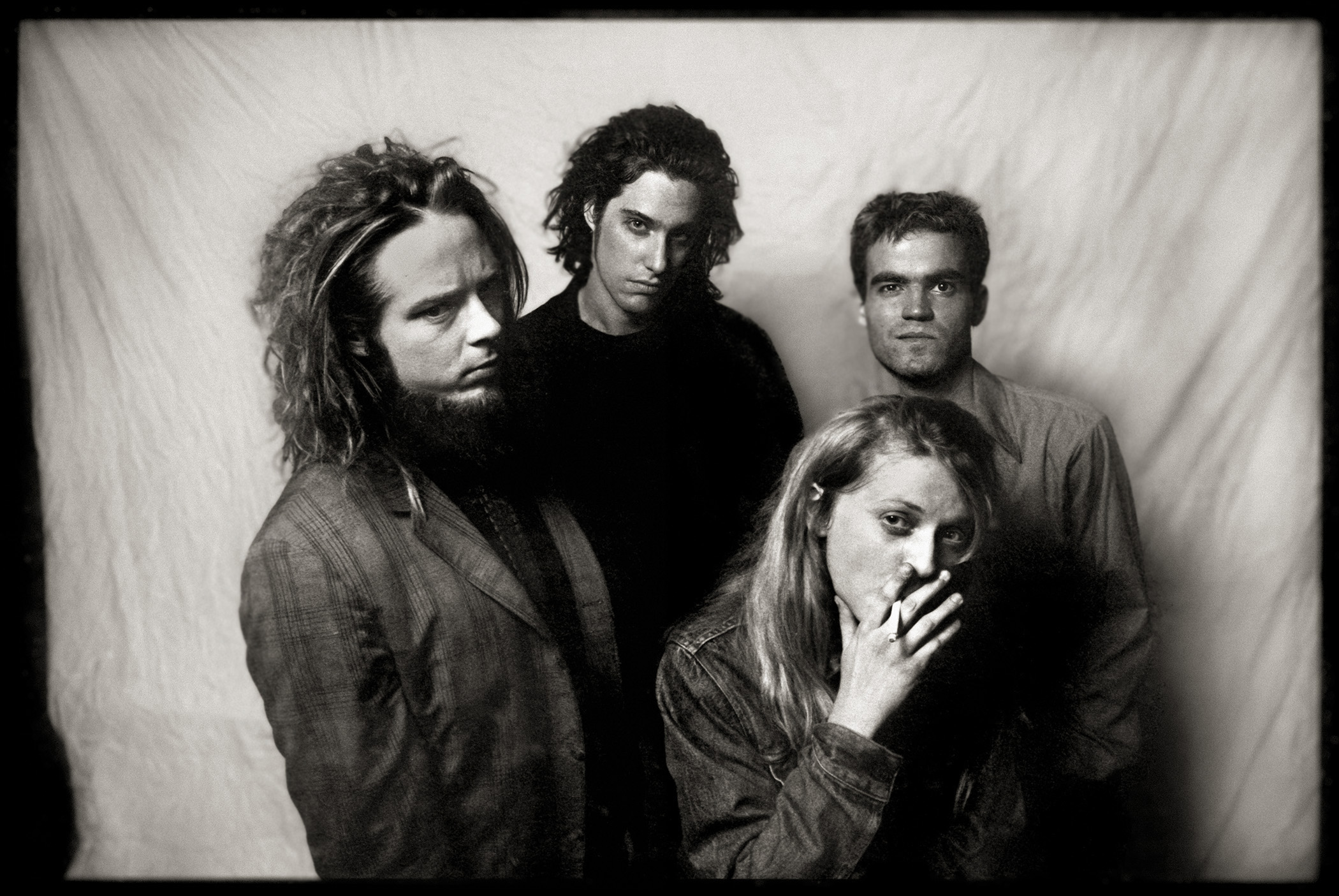
CYNTHIA ROSS IS, AS SHE SEES IT, IN THE PROCESS OF REINVENTING HERSELF. She’s put down her bass (for the moment) and has begun publishing her poems – something she didn’t imagine just a few years ago. And because a poem has to be heard, she’s starting to do readings as a poet, like the one she’s doing this Thursday with Tim Bovaconti backing her up, as part of a series booked by local legend Gary Topp at Sellers & Newell, a bookshop in Little Italy.
My own history with Cynthia began in 1979, when Cynthia and her band the B-Girls were asked to go on tour with The Clash, sharing an opening spot with The Undertones. The date they played on September 26th at Toronto’s O’Keefe Centre was a homecoming of sorts – the band had just moved to New York City, and the hometown crowd was primed for the show. So primed that they stormed the stage and ripped up seats during the Clash set. I was there; it was one of the best gigs I’ve ever seen.
I learned that Cynthia was splitting her time between New York and Toronto a few years ago, and approached her about doing a sitting when I saw her outside a screening of the Johnny & the G-Rays movie. When it all finally came together I had to brainstorm some ideas, and came up with one big one at first – Maria Callas in her prime, shot by Cecil Beaton among others. I also thought of the sorts of influences that were floating around when Cynthia formed the B-Girls (famously in Phil Lynott’s hotel room) in the first wave of Toronto punk bands – girl groups and the sharp style of Mod London in the early ’60s.
The shoot is part of an ongoing series that started – and stopped – before lockdowns, of local musicians whose work and career I’ve admired but might never have had a chance to photograph. It’s a series I’ve always imagined in a stark, minimal style, perhaps by necessity; time and venue dictate limitations on how ambitious I can be, and in any case the focus is on the face and personal style of musicians committed to performing and creating more as a vocation than a career path.




Behind the scenes with Cynthia Ross (photos by Orla McGinnis)
Serendipity had provided a venue when inevitable delays in renovating the kitchen in our house provided me with an empty white room for a couple of weeks between contractors. I haven’t had a studio in over two decades and I miss it: the room was just big enough to set up two backdrops and a pair of lights with space to breathe. The white walls meant that light would bounce around to fill the shadows, so contrast would have to be boosted in processing.
After the B-Girls moved to New York Cynthia decided to stay there, even after the band broke up. (The first collection of their recordings has been out of print for decades; another one came out a few years ago on a revived Bomp! Records.) Life continued as it does – marriage and children and then single motherhood, and a career in social work and housing in Toronto. Back in the U.S. again Cynthia formed New York Junk with some other veterans of the Bowery scene, and then reunited the B-Girls for a tour with original singer Lucasta Rochas, which brought the band to Japan where they always had a following. And now an unexpected detour into poetry after Cynthia started work on a memoir (shelved for the moment, but not forgotten).
As the shoot went on another idea began to emerge out of nowhere, and I found myself recalling portrayals of Joan of Arc I’d seen in movies, by actresses like Ingrid Bergman and Renée Falconetti. That led to the religious iconography, always there and planted in my head by my Catholic upbringing, which Cynthia seemed to echo when she made a hand gesture that looked like a benediction. We ended the shoot with a few pinhole portraits, Cynthia sitting patiently for the 10 second-plus exposures.




























































































































































































